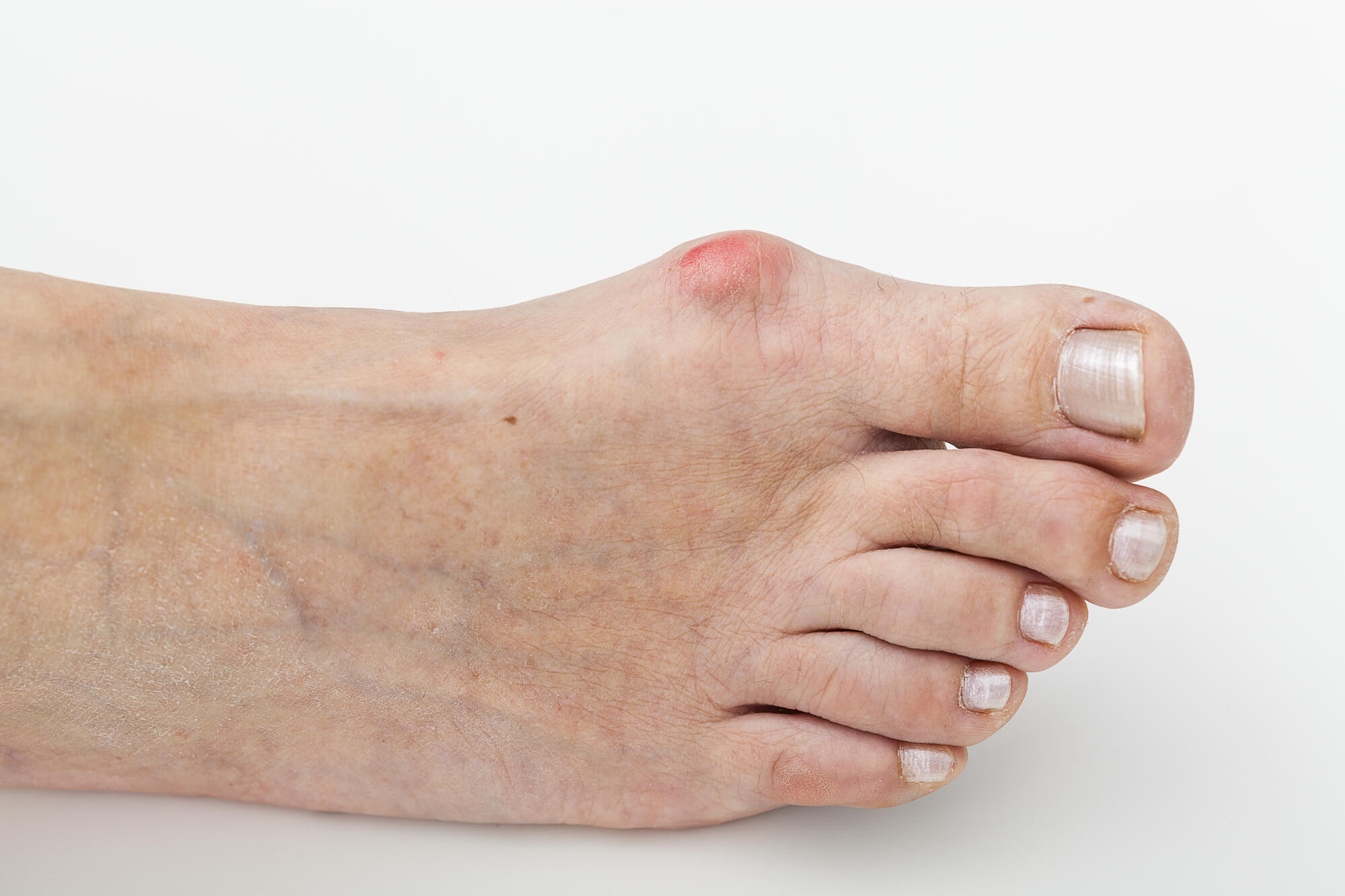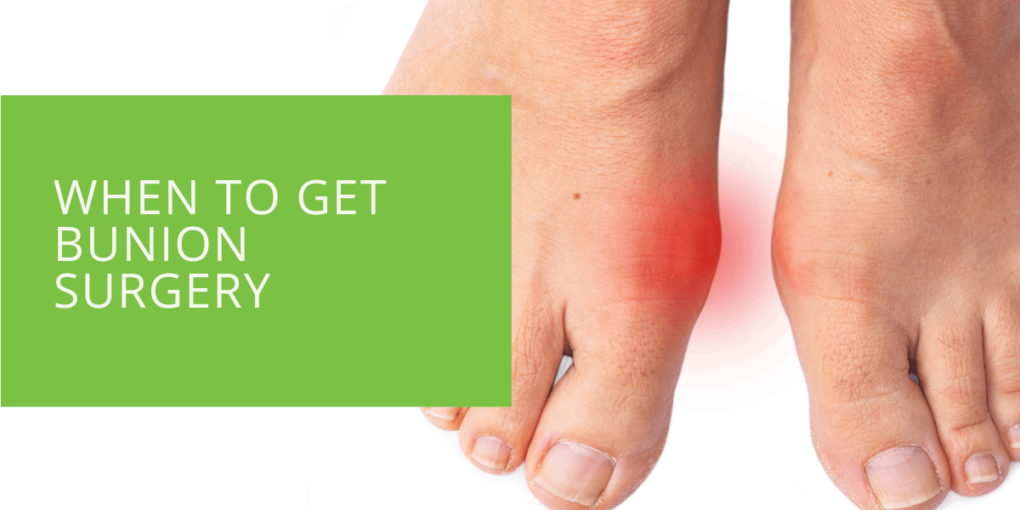When to Get Bunion Surgery
Bunions are a common foot problem that can cause significant pain and discomfort. They occur when the joint at the base of the big toe becomes misaligned, causing the toe to point inward and the joint to protrude outward. While conservative treatments such as orthotics, padding, and changes in footwear can often relieve bunion pain and prevent the deformity from worsening, surgery may be necessary in some cases. This article will explore when to consider bunion surgery, the different types of bunion surgery, preparing for surgery, and recovery and post-operative care.
Signs That Indicate Bunion Surgery May Be Necessary
Bunion pain and discomfort can limit daily activities and affect your quality of life. While conservative treatments can often relieve symptoms, surgery can sometimes be necessary. Here are some signs that indicate bunion surgery could be needed:
Pain and Discomfort that Limits Daily Activities
If the pain interferes with your daily activities, such as walking, running, or standing for long periods, it may be time to consider surgery. This type of pain can significantly affect your quality of life and limit your ability to perform simple tasks.
Inability to Wear Certain Shoes Due to Bunion Size
As the bunion grows, finding shoes that fit comfortably may become difficult. Shoes that are too tight or loose can exacerbate pain, and wearing shoes that are too narrow or pointy can cause further damage to the affected joint. Surgery may be necessary if you cannot wear certain types of shoes due to the size of your bunion.
Recurrent Swelling and Inflammation
Bunions can cause inflammation and swelling in the affected joint. While anti-inflammatory medications and ice packs can help alleviate symptoms, they may not be enough to provide long-term relief. If you experience recurrent swelling and inflammation, surgery can be necessary to correct the underlying issue.
Development of Arthritis in the Affected Joint
Bunions can cause the affected joint to become arthritic over time. Arthritis can cause further pain and discomfort and limit your mobility. If you develop arthritis in the affected joint, surgery may be necessary to alleviate your symptoms and improve your quality of life.
It's important to consult with a podiatrist or foot surgeon if you experience any of these signs. They can evaluate the severity of your bunion and recommend the best treatment options for you. Sometimes surgery will be the best option to relieve pain and restore mobility.

Different Types of Bunion Surgery
There are several types of bunion surgery, and the specific type that is best for you will depend on the severity of your bunion and other factors. Here are some of the most common types of bunion surgery:
- Osteotomy: This involves cutting and realigning the bone to restore the joint to its correct position. This is a common procedure for moderate to severe bunions.
- Arthrodesis: This involves fusing the joint to stabilize the affected area. This is often used for severe cases of arthritis or patients with severe deformities.
- Exostectomy: This involves removing the bony bump without realigning the joint. This is often used for patients with mild to moderate bunions.
- Resection arthroplasty: This involves removing part of the joint and bony prominence and is often used for severe cases.
Your surgeon will discuss the pros and cons of each procedure and help you determine the best option for your specific case.
Preparing for Bunion Surgery
Before bunion surgery, preparing both physically and mentally is important. Here are some things you can expect during the preparation process:
- Consultation with a podiatrist or foot surgeon: The surgeon will discuss your medical history, perform a physical exam, and order tests and imaging to assess the severity of your bunion and determine the best approach for surgery.
- Pre-operative instructions: You will receive instructions on smoking cessation, eating and drinking restrictions, and medication adjustments before the surgery.

Recovery and Post-Operative Care
Recovery from bunion surgery can take several weeks to months, depending on the type of surgery and the severity of the bunion. Here are some things to keep in mind during the recovery process:
- Pain management techniques: Your surgeon will prescribe pain medication to help manage any discomfort you experience after the surgery.
- Rest and elevation of the affected foot: You must keep your foot elevated as much as possible to help reduce swelling and promote healing.
- Physical therapy and rehabilitation exercises: Your surgeon may recommend physical therapy or rehabilitation exercises to help restore mobility and improve tissue strength.
- Follow-up appointments with the podiatrist or surgeon: You must follow up with your surgeon to ensure that the bunion is healing properly and to monitor your progress.
- Tips for preventing the recurrence of bunions after surgery: Your surgeon may recommend changes in footwear or other measures to prevent the bunion from recurring.
Conclusion
If you are experiencing bunion pain that is getting in the way of your daily activities, surgery could be the best option to get you back on your feet. It is important to consult with a podiatrist or foot surgeon to determine your bunion's severity and discuss the best treatment options for you.
In some cases, conservative treatments such as orthotics, padding, and changes in footwear may relieve the pain and prevent the deformity from worsening. However, if the bunion is getting worse and causing discomfort, it is important to consider bunion surgery.
There are several types of bunion surgery, each with pros and cons. Your surgeon will help you determine the best option for your specific case. It is also important to prepare physically and mentally before surgery and follow the proper post-operative care instructions to ensure a successful recovery.
Bunions can cause significant pain and discomfort, but proper treatment, including surgery if necessary, can relieve pain and restore mobility. If you are experiencing pain, consult a podiatrist or foot surgeon to discuss your treatment options and get back on your feet as soon as possible.

